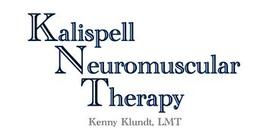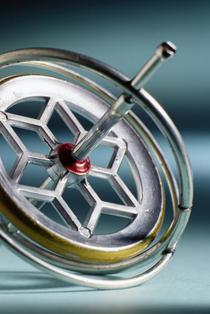Simply the best! Kenny has helped me with some chronic overuse injuries such as hamstring and wrist tendinitis and has made a huge difference in my ability to function and be pain-free. His in-depth knowledge of anatomy and skill at applying pressure to just the right area to release muscle tension makes him the most effective massage therapist I have ever used."
The client is actively involved in the process of healing by helping the neuromuscular therapist understand his or her particular condition. At the initial visit, the therapist evaluates for:
1. Postural distortions
Postural distortions
2. Biomechanical dysfunction
Biomechanical dysfunction
3. Soft tissue causes of these patterns and presenting pain conditions
Soft tissue causes of these patterns and presenting pain conditions
The NMT therapist develops a treatment plan by screening gait patterns and measuring the positioning of the body on the coronal, midsagittal and horizontal planes. These measurements provide reference points from which to determine distortion patterns. An exacting analysis of proper posture and biomechanics explains the cause and effect relationship to pain.
The therapist then palpates the soft tissues to determine if there are ischemic, trigger point, nerve compression and/or entrapment possibilities. When the body is aligned on the midsagittal, coronal and horizontal planes, the tone of both somatic (body covering) and visceral (internal organ) tissues improves. As tone is normalized, the nervous system is balanced.
The appropriate pressure to use during a neuromuscular therapy treatment varies depending on age, fitness, nutritional health, postural pattern of the patient, as well as the extent of trauma and toxicity level of the tissues. The proper level of pressure elicits a moderate state of discomfort. If pressure is too light, it does not produce the necessary stimulation of nerve receptors to produce the desired therapeutic response. When adhesions are found in the tissues, deeper pressure may be used by working across muscle fibers.
In using the St. John Method, the therapist applies pressure for 8-12 seconds to each area being treated, prompting a therapeutic response in the tissues. Pressing longer may cause the body to treat the pressure as an intrusion, particularly if there is inflammation in the tissues. Optimal success is achieved by applying pressure to trigger points or ischemic areas 3-4 times for 8-12 seconds rather than a longer duration. This is because the therapist’s goal is to interrupt the physiopathological reflex circuits.
Call 406.261.7803
How is Neuromuscular Therapy Performed?
Kenny Klundt, Licensed Massage Therapist
Established 1984



